English Heritage sites near Plumbland Parish
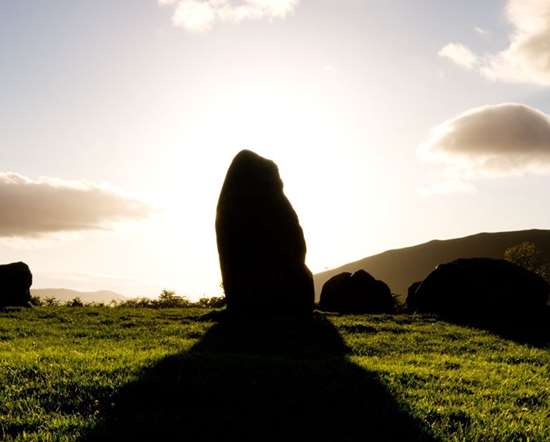
CASTLERIGG STONE CIRCLE
13 miles from Plumbland Parish
Castlerigg is perhaps the most atmospheric and dramatically sited of all British stone circles, with panoramic views and the mountains of Helvellyn and High Seat as a backdrop.
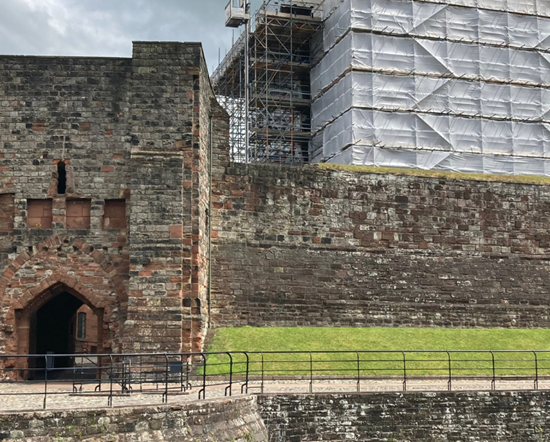
CARLISLE CASTLE
19 miles from Plumbland Parish
Carlisle Castle was a constantly updated working fortress until well within living memory. Now its rich and varied visitor attractions reflect its long and eventful history.
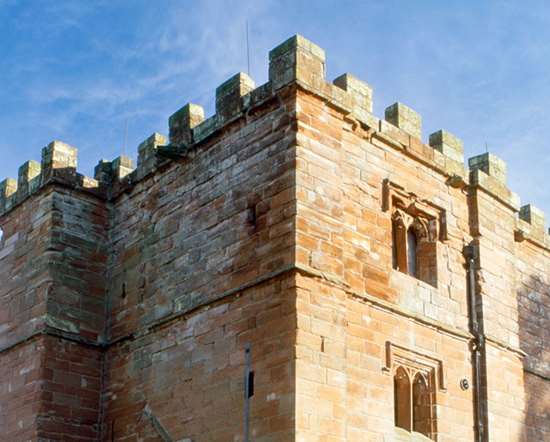
WETHERAL PRIORY GATEHOUSE
22 miles from Plumbland Parish
Well-preserved 15th-century gatehouse, the sole survivor of a small Benedictine priory. A miniature 'pele-tower' containing two storeys of comfortable rooms, it later became a fortified vicarage.
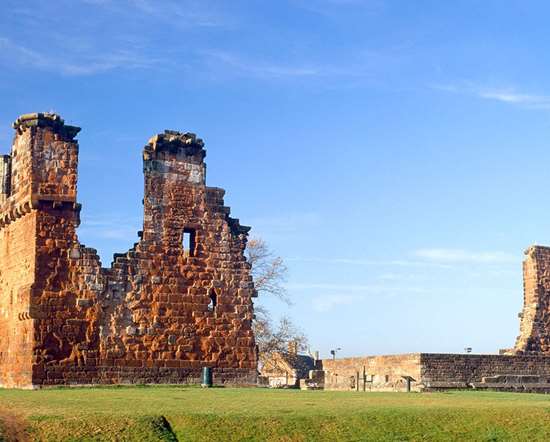
PENRITH CASTLE
24 miles from Plumbland Parish
Penrith Castle was begun at the end of the 14th century by Ralph Neville, who played a key role in defending this area against the Scots.
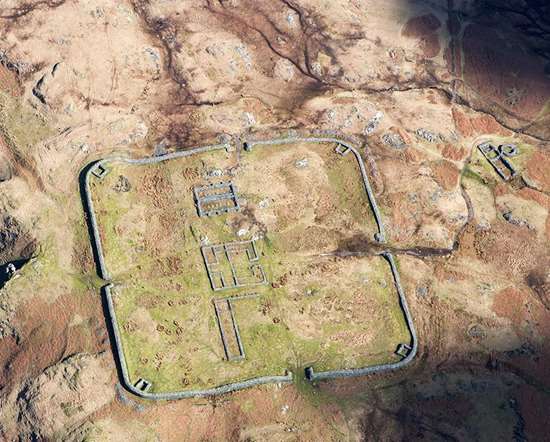
HARDKNOTT ROMAN FORT
24 miles from Plumbland Parish
This remote and dramatically-sited fort was founded under Hadrian's rule in the 2nd century.Well-marked remains include the headquarters building, commandant's house and bath house.
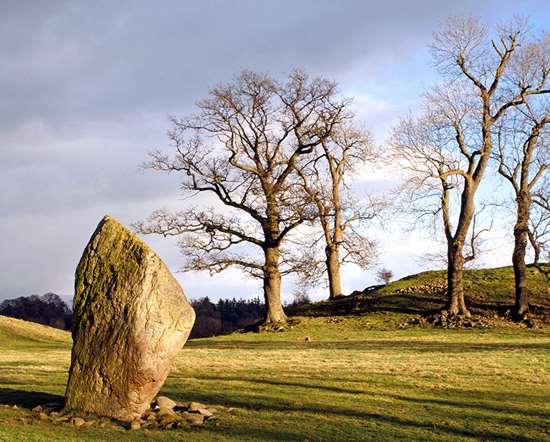
MAYBURGH HENGE
24 miles from Plumbland Parish
A large and impressive Neolithic henge, much better preserved than neighbouring King Arthur's Round Table.
Churches in Plumbland Parish
St Cuthbert, Plumbland
B5301 in Parsonby CA7 2BU
016973 71541
http://www.binsey.org.uk
The site of the church had some Christian significance a thousand and more years ago, for there are preserved from that time a fragment of an Anglian (Saxon) cross-shaft (built into the first floor of the tower) and two parts of a Viking hogback tombstone, now in the porch. Though we know that a cross stood here then and that the site was a place of Christian burial, we do not know whether there was a church building here. It used to be said that a church was built wherever the body of St. Cuthbert rested, during the period of its being carried about to preserve it from the Danes (875-890), and that Plumbland was one of the places so honoured; there is, however, no good evidence for this. What we do know is that during Norman times, about 1130, a church was erected here and that it stood until 1869. The outstanding relic of that ancient building is the fine chancel arch of the present church.
It is often asked: “Why is Plumbland church at Parsonby?”. The glebe land granted to the Rector by the Lords of the Manors of Plumbland, Arkleby and Warthole was by the 13th century concentrated around the church and rectory and formed into a separate manor, with the Rector as Lord and with a number of customary tenants, who held land from him by providing him with agricultural labour. This led to the establishment of a village in which the tenants lived and which was naturally called Parsonby, ‘the parson’s settlement.’ This prompts a second question: Why was the church built in what, before Parsonby came into being, must have been an isolated spot? There are at least two possible answers. The first is that it was placed to be equally convenient for dwellers in the three settlements of Plumbland, Arkleby and Warthole. The second is that there might have been an older, Anglian (Saxon) settlement, which has now disappeared, close to the church; there was an Anglian cross on the site and a group of fields a short distance to the east is called Housesteads.
From 1840 to 1875, the Rector of Plumbland was the Rev. John Wordsworth, second son of William Wordsworth the poet. He was at the same time Vicar of Brigham, where he lived. During his long incumbency, his duties in Plumbland were performed by a succession of curates. In 1868, the curate in charge was the Rev. Shepley Watson Watson; he advocated the demolition of the Old Church on the grounds that it was inconvenient for worship and not worth repair. The building was arranged and furnished on Protestant lines, and there can be little doubt that Mr. Watson longed for a new church, designed in accordance with the then fashionable architectural and theological ideas of the High Church school of thought within the Church of England. An energetic and much respected man, Mr. Watson had little difficulty in persuading the parish to agree with him. Generous financial support was immediately forthcoming from the wealthier parishioners and the local gentry, making it possible for the architect’s first design to be rejected in favour of a more ambitious scheme. The price quoted for the erection of the new building, £2,155. 13s. 9d., was accepted and the demolition of the Old Church began on Monday, October 18th, 1869. The new church was opened for worship on Easter Tuesday, April 11th 1872
The Church is OPEN: All day
Pubs in Plumbland Parish
Horse & Jockey
 Friendly roadside pub. Open fireplace, flagged floor and oak beams. No longer a pub.
Friendly roadside pub. Open fireplace, flagged floor and oak beams. No longer a pub.
Last Man Inn
 Last Man Inn, Plumbland
Last Man Inn, Plumbland
